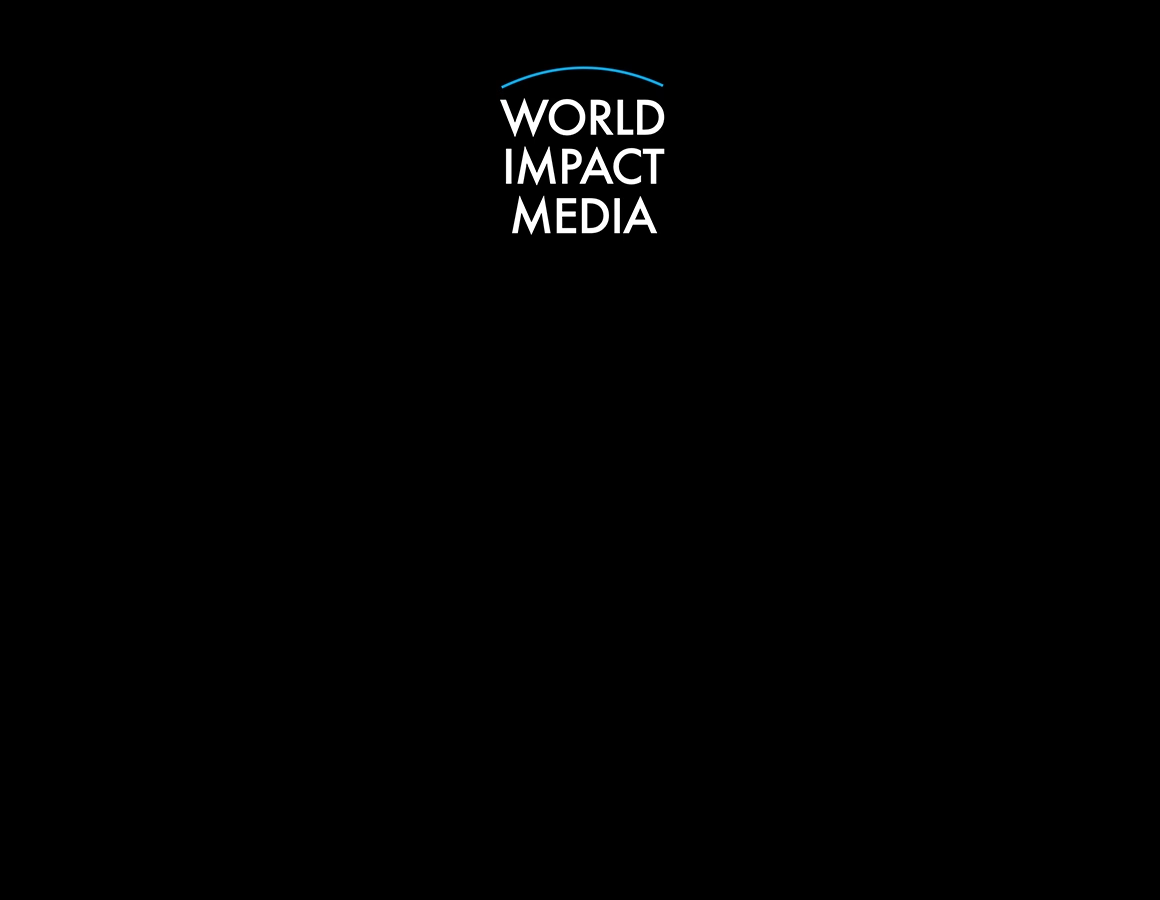As global demand surges for critical minerals powering the modern technological revolution, Australia is stepping into the spotlight with a strategic move to become a leading supplier of gallium — a rare metal essential for semiconductors, light-emitting diodes (LEDs), solar cells, and AI infrastructure.
Why Gallium Matters
Gallium is not a name most consumers recognize, but it’s an irreplaceable component in the tech that drives our digital world. Found in smartphones, 5G networks, satellite communications, radar systems, and advanced computing, gallium is used in the production of gallium arsenide (GaAs) and gallium nitride (GaN) semiconductors, which offer faster and more energy-efficient performance than traditional silicon.
China currently dominates the gallium supply chain, accounting for approximately 90% of global production. However, recent moves by Beijing to restrict exports of gallium and germanium have sparked global concern about supply security, particularly among Western nations. These restrictions are widely viewed as geopolitical tools to counterbalance U.S. and EU trade actions, forcing allies to diversify their critical mineral sources urgently.
Australia’s Strategic Play
Australia, already a global leader in mining and resource development, is now pivoting toward gallium recovery and production.
One of the most notable initiatives comes from Alcoa of Australia, which has partnered with Japan Australia Gallium Associates (JAGA) to assess the feasibility of extracting gallium from bauxite residue — a byproduct of alumina refining — in Western Australia. If successful, this project could establish Australia’s first major gallium production stream by 2026, marking a milestone in reducing Western reliance on Chinese exports.
The move is significant not only from a commercial standpoint but also as part of broader geopolitical risk mitigation. Alcoa’s collaboration with Japanese partners underlines how nations aligned on supply chain security are cooperating to fill critical resource gaps.
Greenland’s Contribution to the Western Gallium Race
Outside of Australia, other Western projects are also accelerating gallium development. Critical Metals Corp recently revealed encouraging results from its Tanbreez Project in Greenland, announcing high concentrations of gallium oxidefound alongside rare earth elements. This multi-element discovery adds further weight to the global race to develop independent and diversified sources of strategic minerals.
Toward a Resilient Gallium Supply Chain
The race to secure gallium is now in full swing — not only for economic gain but also for national security. As AI, quantum computing, and green energy technologies demand more efficient chips and advanced materials, gallium is poised to be at the center of next-generation supply chains.
Australia’s move to commercialize gallium production is a timely and strategic leap. By leveraging its rich natural resources, technical expertise, and stable regulatory environment, the country is positioning itself as a reliable alternative to China — potentially reshaping the balance of power in global technology manufacturing.
If successful, this initiative could be a template for other countries seeking to de-risk their supply chains from geopolitical tensions and ensure stable access to the building blocks of the 21st-century economy.
Conclusion
In a world increasingly defined by technological competition and resource security, Australia’s gallium ambitions are more than just a mining play — they represent a national strategy to secure a foothold in the future of global tech. As the West scrambles to reduce dependence on China, Australia’s rise as a gallium producer may mark the beginning of a new era in critical minerals diplomacy.
















